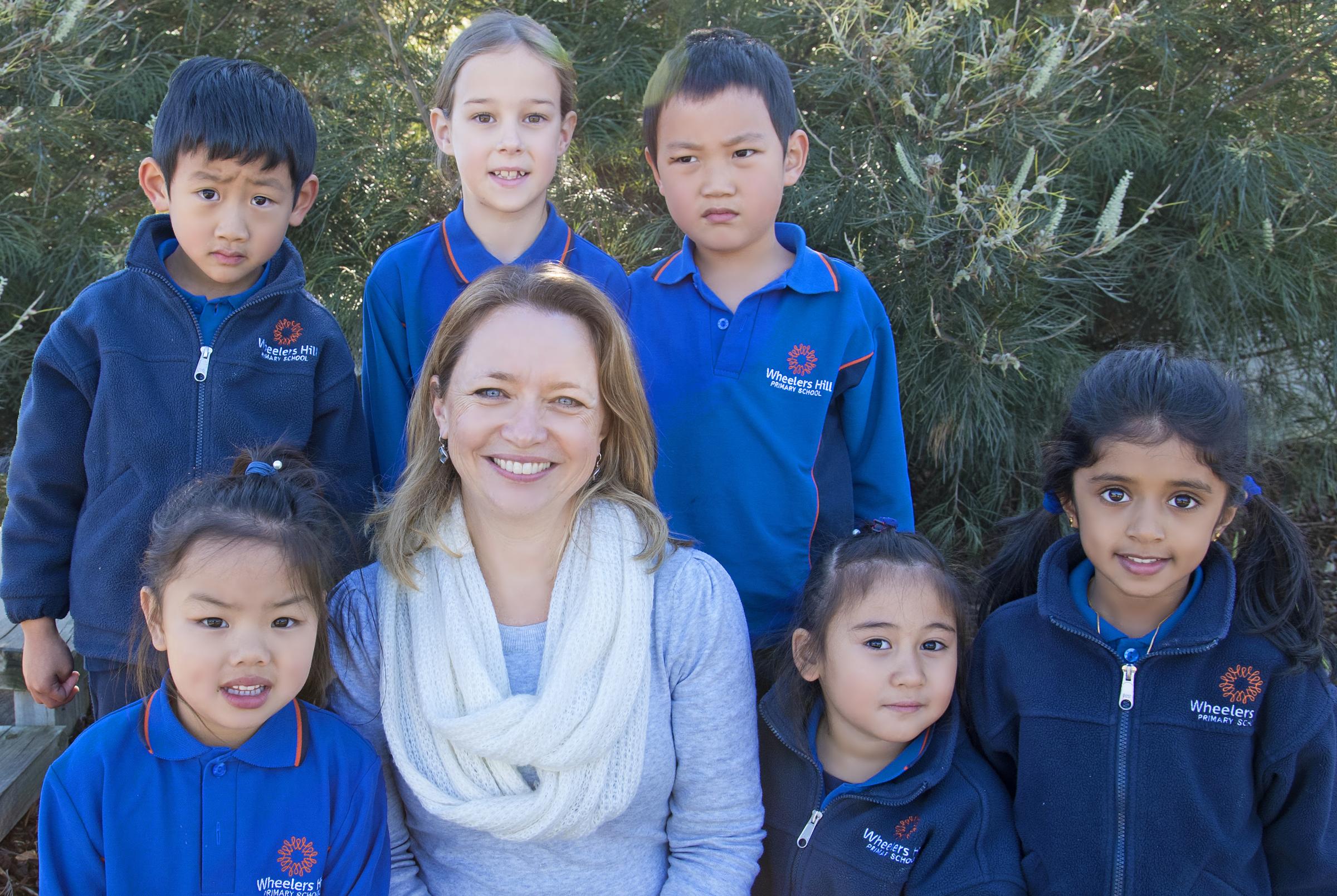Assistant Principal's Report Katrina Spicer - Welfare and Wellbeing

NAPLAN
As we approach the annual NAPLAN testing, it is not uncommon for students to experience some level of stress or anxiety around these tests. It is important for students to understand that these assessments only take into account one very small aspect of who they are as a person. NAPLAN is but a snapshot of a child’s performance in one or two subject areas on one day in their life.
A couple of years ago, this letter went ‘viral’. It might be nice for parents to read this to their children and acknowledge the importance of the things that can’t be tested!
Parenting Ideas Article
Helping Kids Feel Good by Doing Good
By Dr Justin Coulson
We all want our kids to feel good. Ice cream, days at the beach and play dates may bring kids joy, but once they’re finished the good feelings often disappear.
The feel-good activities give ids a rush of euphoria, but leave them craving for more. This can lead to an addictive cycle known as ‘the hedonic treadmill’ where one cookie isn’t enough. They’ll need two Maybe the next week, they’ll need three.
Good deeds.
Doing good, however, is the key to living a more meaningful and happier existence. The ancient Greek philosophers Plato and Aristotle knew it was true, and modern research bears out the fact altruistic behaviours are associated with better wellbeing, health and longevity. In short, we feel good when we do good.
Kind Kids
Every parent wants happy kids. The easiest way to help kids attain happiness is to encourage them to be kind.
Many studies show that our kids want to be kind. They know it makes them happy! Research shows that children from as young as fourteen months want to help others achieve individual goas and cooperate with others to achieve shared goals. This desire to help is something they’re born with – even that child of yours who doesn’t seem to want to help anyone!
A recent landmark study showed even very young kids find helpful and kind acts to be intrinsically rewarding. Two year olds showed greater happiness when they gave treats to others, compared to when they received treats themselves.
Teaching our Kids to Do Good
If kids want to help because it helps them feel great, it’s our job to help fulfil this natural inclination by guiding them to age-appropriate opportunities to do so.
Here are five ways to do just that:
- Role model helpfulness and kindness.
- Encourage them to perform small acts of kindness.
- Being kind, giving a compliment, helping to tidy up – these small acts are just as powerful and effective as larger tasks such as mowing the lawn for a neighbour.
- Make helping a family project.
- Be a good neighbour.
- Be grateful.
Doing good deeds is what makes us human. It lifts burdens from others, and lifts us by activating the joyful part of our brains. Teaching your kids to do good is the best way to help them have lasting ‘feel good’ feelings. Of course, they should eat cake too. Even better, share it with a friend for a lasting feel-good effect.
- Expressing gratitude is one of the best ways to do good. In fact, nothing can improve your life (and the lives of others) like gratitude.
- Help your kids learn to keep an eye on others, whether it is a neighbour or a boy on their sports team. Teaching your kids to notice what’s going on in the lives of people in their community promotes awareness and empathy.
- Get your kids involved when you take a meal to a family who have just had a new baby, or visit a sick friend in hospital.
- Children and teenagers learn to be helpful and kind by copying the significant adults in their lives.

